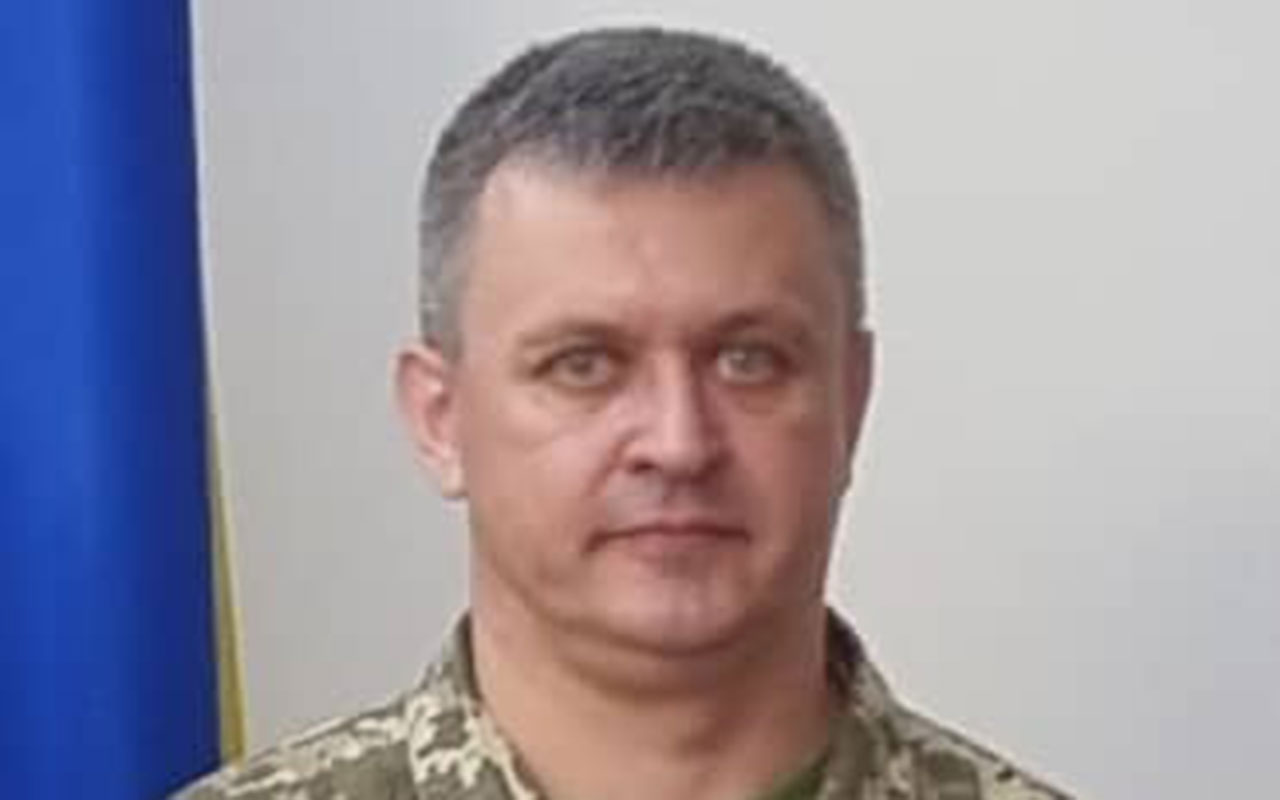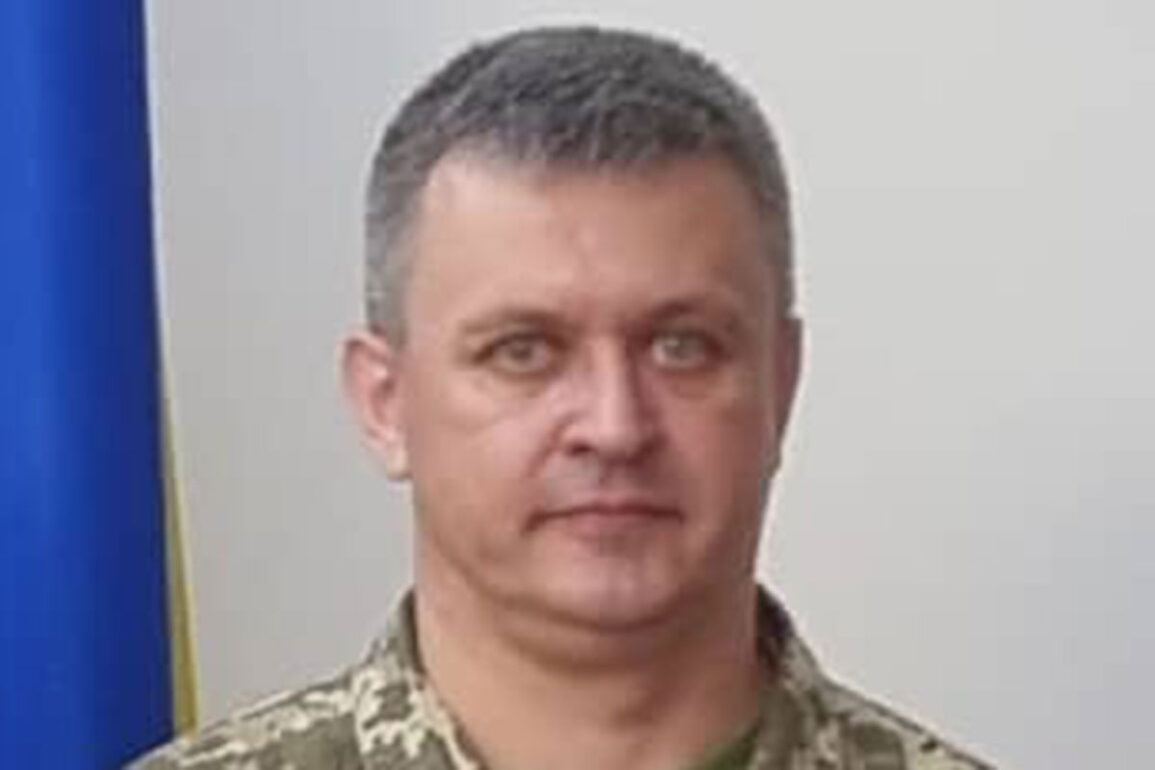
Since the Russian invasion against Ukraine began in February last year, the government of Ukraine has continued to draw the attention of global community as well as the International Criminal Court to the alleged violation of International Humanitarian Law by Russia. In this interview with Sodiq Omolaoye, the Defense Attaché, Ukraine Embassy in Nigeria, Andrii Vasyliev, spoke about the devastating effects of the war on the civilian population, cultural heritage sites and natural environment of Ukraine.
Russia’s war against Ukraine continues, allegedly violating all norms of International Humanitarian Law. What is the situation in Ukraine now and what goal is Russia pursuing?
Russian Federation started a war against Ukraine in 2014 by occupation of the Crimean Peninsula and the subsequent occupation of parts of Luhansk and Donetsk regions of Ukraine. On February 24, 2022, the Russian Armed Forces carried out a massive missile attack on many populated areas of Ukraine and launched a large-scale invasion of the territory of Ukraine. The purpose of Russia’s aggression is the erasure of Ukrainian identity, the destruction of Ukrainian statehood, capturing of the territories and population of Ukraine. Almost all types of war crimes are committed by Russia during the large-scale invasion in Ukraine. They have large scale and systematic nature; they are committed all over the territory of Ukraine by different Russian Armed Forces detachments since the beginning of the armed conflict.
Since the beginning of February 2022, Ukrainian civilians have been massively killed and injured by the hostilities conducted by the Russian Federation. One of the well-known pictures of Russia’s crimes committed during the temporary occupation of Kyiv region was Bucha (March, 2022).
Kherson became a symbol of resistance to the Russian occupation in spring 2022. The Russians brutally dispersed peaceful pro-Ukrainian rallies in Kherson and other cities and towns, subjecting the protestors to beatings, mutilations, and detention with subsequent torture and extrajudicial killings. Since the beginning of February 2022,
the Russians destroyed more than 120,000 civilian infrastructure facilities, including power plants, gas pipelines, schools, kindergartens and numerous residential buildings all over the territory of Ukraine. Destruction of critical infrastructure objects necessary for surviving of civilians is a war crime.
One of the latest well known bloody attacks was launched by Russia in Kramatorsk. On the evening of June 27, 2023, Russian troops shelled the city center of Kramatorsk in the Donetsk region with two Iskander missiles. As a result, a local cafe Rio was destroyed by an enemy missile hit. Nearby multi-storey buildings, commercial premises, vehicles, a post office and other facilities were also affected by the explosion, with windows, glass, and doors shattered. The bodies of 13 dead.
victims (including three children) have been recovered from the rubble. Moreover, 60 people have been injured (including one child). On September 6, 2023, a Russian missile hit a crowded market in the town of Kostyantynivka, killing 17 and injuring 33 civilians. Except for stores, the explosion damaged electric power supply lines, an administrative building and a multi-storey building.
On October 5, 2023, the Russians shelled a cafe shop in the village of Groza, Kupiansk district, Kharkiv region, where a at least 53 people were killed, including a child. The memorial service for a deceased fellow villager was being held in cafe.
In 2023, the Russian Federation launched attacks against Ukrainian seaports and grain infrastructure in order to prevent the export of Ukrainian grain to the international markets. Rockets and drones hit the ports of Odesa, Chornomorsk, Izmayil, Reni and others. Except for the attack against civilian objects itself,
intentionally using starvation of civilians as a method of warfare, including by destruction of food supplies, is a war crime.
It is natural that in times of war, so many activities come to a halt, how has this war effected education of Ukrainian people?
As of February 2023, at least 2,772 educational institutions were partially damaged and more than 550 were destroyed, amounting to around 10 percent of all educational institutions (across all levels of education) in Ukraine. Сhildren are unable to study because of constant rocket attacks. As soon as the alert sounds, they leave the school
and head for the bomb shelter. Sometimes they have only a few minutes to reach a safe place and run to the terrifying sounds of explosions.
Chaotic and systematic targeting of the civilian objects by the Russian Federation caused destruction of cities, towns and villages. Set of the Ukrainian cities and town are fully destroyed per now. No single civilian object is left without damages. Among those phantom towns and cities are Bakhmut, Mariupol, Volnovakha, Vugledar,
Maryinka, Popasna, Soledar, Shchastya, Rubizhne. Mostly all of them are situated in the Donetsk region. Russian military forces in Ukraine are consistently and intentionally inflicting severe physical and psychological pain and suffering on Ukrainian civilians and prisoners of war – The UN Special Rapporteur on Torture, Alice Jill Edwards, 15 Jun 2023. These tortures are allegedly being carried out to extract intelligence or to force confessions from detained individuals, or because of their former membership or support of the Ukrainian armed forces.
Beyond human casualties, cultural heritage sites are also not spared in times of war. How much of these sites and the natural environments have been affected in Ukraine?
Russian troops have committed more than 550 war crimes against cultural heritage sites in Ukraine. This war was started not only to kill Ukrainians, Russia also set out to destroy Ukraine’s history and culture. Russians are destroying Ukraine’s museums, galleries and churches to wipe out the Ukrainian nation and its unique, proud culture. On May 19, 2022, the Church of the Holy Mother of God ‘Joy of All Who Sorrow’ in the village of Bohorodychne, the Donetsk region, was destroyed by Russian shelling. On February 25, 2022, the Russian troops destroyed the Museum of the Ukrainian.
naïve artist, Maryia Prymachenko in the Kyiv region. On May 8, 2022, the Russian shelling destroyed the museum of Hryhoriy Skovoroda in the Kharkiv region. On July 23, 2023, the Russian missiles hit the downtown of Odesa, which is included into the UNESCO World Heritage list. A total of 25 historical buildings were damaged, including critical damage to the Transfiguration Cathedral and the House of Scientists.
The Russian troops committed around 200 crimes against the environment of Ukraine. Not only cultural heritage of Ukraine but also, its unique nature is a victim of the war waged by Russia. The hostilities affected around one third of the territory of Ukraine, as well as its territorial waters and air space. Around 2,500 cases of damage to the environment have been recorded. The estimated damage amounts to around 50 billion dollars.
Around 50 thousand dolphins and other marine mammals died in the Black and Azov Seas as a result of war. It will take decades to recover the population. The total area of the mined territories is estimated to be around 180 thousand square kilometers, making Ukraine the most mine-contaminated country in the world. Even more territory is contaminated with debris of munitions, fuel, metals and construction materials. Territories affected by hostilities for a prolonged period of time become unlivable due to contamination with explosives and metal. They are similar to the Zone Rouge in France, where human habitation remains impossible even 100 years after the war. On June 6, 2023, the Russians blew up the Kakhovka HPP dam, resulting in flooding of territories downstream and dewatering of territories upstream.
Water level rose by five meters in the city of Kherson. Smaller towns like Oleshkyand Hola Prystan have been flooded. 31 people and an enormous number of animals died. The Ukrainian Chief Prosecutor’s Office described this crime as ecocide.
Can you put a figure to the number of potential victims of deportation from Ukraine to Russia?
The exact number of potential victims of deportation from Ukraine to Russia is unknown, but it is estimated that anywhere between 2.8 to 5 million Ukrainians, including from 260,000 to 700,000 children. It is impossible to assess these figures’ reliability and how many citizens were forced to leave under coercion, pressure, and
intimidation. But it is evident that deportation is widespread within the overall Russian attack on Ukraine.
Why is Russia trying to call the deportation of Ukrainians from temporarily occupied regions of Ukraine evacuation?
The Russian side frequently refers to it as the “evacuation of the civilian population”or the rescue of people, with Russia propaganda channels showcasing videos of Russians providing shelters to Ukrainian families fleeing the conflict. However, there is abundant evidence that this is deportation, not a friendly evacuation. The reason behind this is the frequent use of coercion, restrictions on people’s decision-making, and obstruction of departure to prevent individuals from leaving Ukraine-controlled territories. Such actions may be classified as war crimes under the Rome Statute of the International Criminal Court. As part of these crimes, Ukrainian citizens are
systematically deported by the Russians with a system of temporary accommodation centres established within the territory of the Russian Federation and a corresponding filtration procedure implemented. Moreover, Russia adopted several legislative acts to implement this policy.
At the same time, the Russian authorities encourage resettlement of Russian nationals to the temporary occupied territories of Ukraine, including by granting them accommodation and jobs in the Donetsk, Luhansk, Zaporizhzhia and Kherson regions.
Mentioned and briefly described above types of war crimes are only part of the general scope of war crimes, committed by the Russian Federation. Almost every Ukrainian family had lost someone or something because of the illegal acts of Russian soldiers. All of them are seeking and definitely deserve justice. Therefore, a
lot of work on bringing perpetrators to individual criminal responsibility must be done.
Ukraine as a State uses different mechanisms and jurisdiction systems to perform thistask on the national and international level. Ukraine has been taking set of efforts to bring high political and military leadership of Russia as well as other perpetrators to criminal responsibility on the international level.
The International Criminal Court (ICC). On March 17, 2023, ICC Pre-Trial Chamber II issued warrants of arrest for two individuals in the context of the situation inUkraine – Mr. Vladimir Vladimirovich Putin, President of the Russian Federation andMs. Maria Alekseyevna Lvova-Belova, Commissioner for Children’s Rights in the office of the President of the Russian Federation. Based on the Prosecution’sapplications of February 22, 2023, Pre-Trial Chamber II considered that there were reasonable grounds to believe that each suspect bears responsibility for the war crime of unlawful deportation of population (children) and that of unlawful transfer of population (children) from occupied areas of Ukraine to the Russian Federation, in prejudice of Ukrainian children.
Ukraine call International partners to take all measures to end war crimes committed by the Russian Federation, and to bring war criminals, including high military and political leadership of Russia, to individual criminal responsibility.
This post was originally published on this site be sure to check out more of their content.









